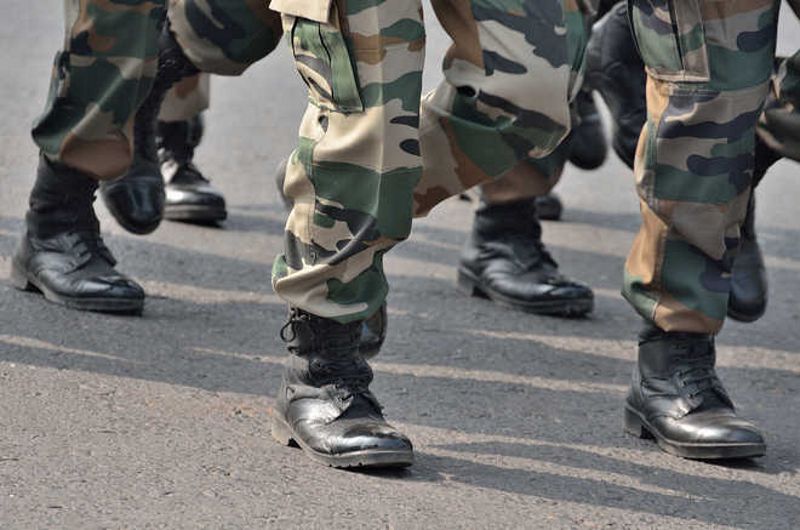Lt Gen Baljit Singh (Retd) THE first message early morning was from a fellow regimental veteran, Brig Ajit Apte, about the recently released book, “Unsung Heroes of World War I”, authored by Ramesh Kumar Vohra, an Indian expatriate in Paris. As also its twin volume, a coffee table compendium of priceless battle scenes researched from archives, titled ‘The Shadow of History’. As may be imagined, the mere introductory brief by Ajit had triggered an instant military history cascade from my reading experience of the subject pouring across my memory screen, uppermost being the “unsung heroes’ tablet” ascribed to a remote Indian village, and the other of a “labour company” from the Kumaon region raised and commanded by the man they worshiped, Jim Corbett. The six-month period preceding the centenary celebrations of WW I in mid-2014 was crowded by news, views and book releases focused on the war, a once-in-a-lifetime enriching reading menu for all military history aficionados. On a sudden impulse, I had reached out to Bill Aitken, a British expatriate and domiciled Indian of long standing in Mussoorie, who in the decades of 1970s-80s had been a compulsive motorbike tramp of the Himalayas and a prolific travel writer. In one of his travel narratives from a remote valley in today’s Uttarakhand, he had noticed bolted on the girders of a suspension bridge a tablet in English stating: “Unsung war heroes… of the 132 men enrolled from this village for WW I, only 20 returned home.” On my prompting, luckily Bill located his original script and mailed: “The small square plaque near the old Ganai Chaukutiya suspension bridge reads: ‘Pattis of Chaukot and Gewar. From this village, 134 men went to the Great War of 1914-1919. Of these, 112 gave up their lives.’ The word ‘chaukutiya’ signifies crossroads and Ganai Chaukutiya is a junction on the river Ramganga amidst high-yielding paddy fields. Today, it must be approaching the size of a township. It is near the motor road from Ranikhet to Karnaprayag as well as connected to Ramnagar via Corbett Park. A patti is an administrative sub-division of a district administered by a patwari.” Ajit tells me that Vohra is eager to have Sanjay Leela Bhansali make a film and I hope the incomparable contribution of this remote village and its unsung heroes on the killing battlefields in France will be immortalised. Now, in 1917, Corbett was serving with the Railways at Mokama Ghat (Bihar) when he received wartime commission and orders to raise No. 70 Kumaon Company of 500 to supplement the depleted Foreign Labour Corps, in France. Corbett was hoping to fight from the trenches but the thought of leading his beloved hill folks into the jaws of death was depressing. So, as a kind of self-atonement, he went to each of the 500 homes, “rashly promising to the head of each family that he would bring every individual home safely…” And they, in earnest innocence, vowed to “daily pray for his safety and return to them… the love these simple folk displayed touched Jim Corbett greatly.” Corbett returned their trust in the fullest sense of the word as “of the 500 he took away with him from his beloved Kumaon hills, only one did not live to return”. Lord Ampthill, in his final report to the War Office, had no hesitation to single out No. 70 Kumaon as the best among the Foreign Labour Corps troops. And astonishingly, this peer of the British realm “became a close friend and associate of Jim Corbett in post-war years”. Corbett would, with sad but profound conviction, state that “the glory of war was no longer a truism. Modern warfare was filthy and degrading”. Don’t we see it being played out in Ukraine?
From: tribuneindia
URL: https://www.tribuneindia.com/news/comment/the-unsung-heroes-of-world-war-i-396874
